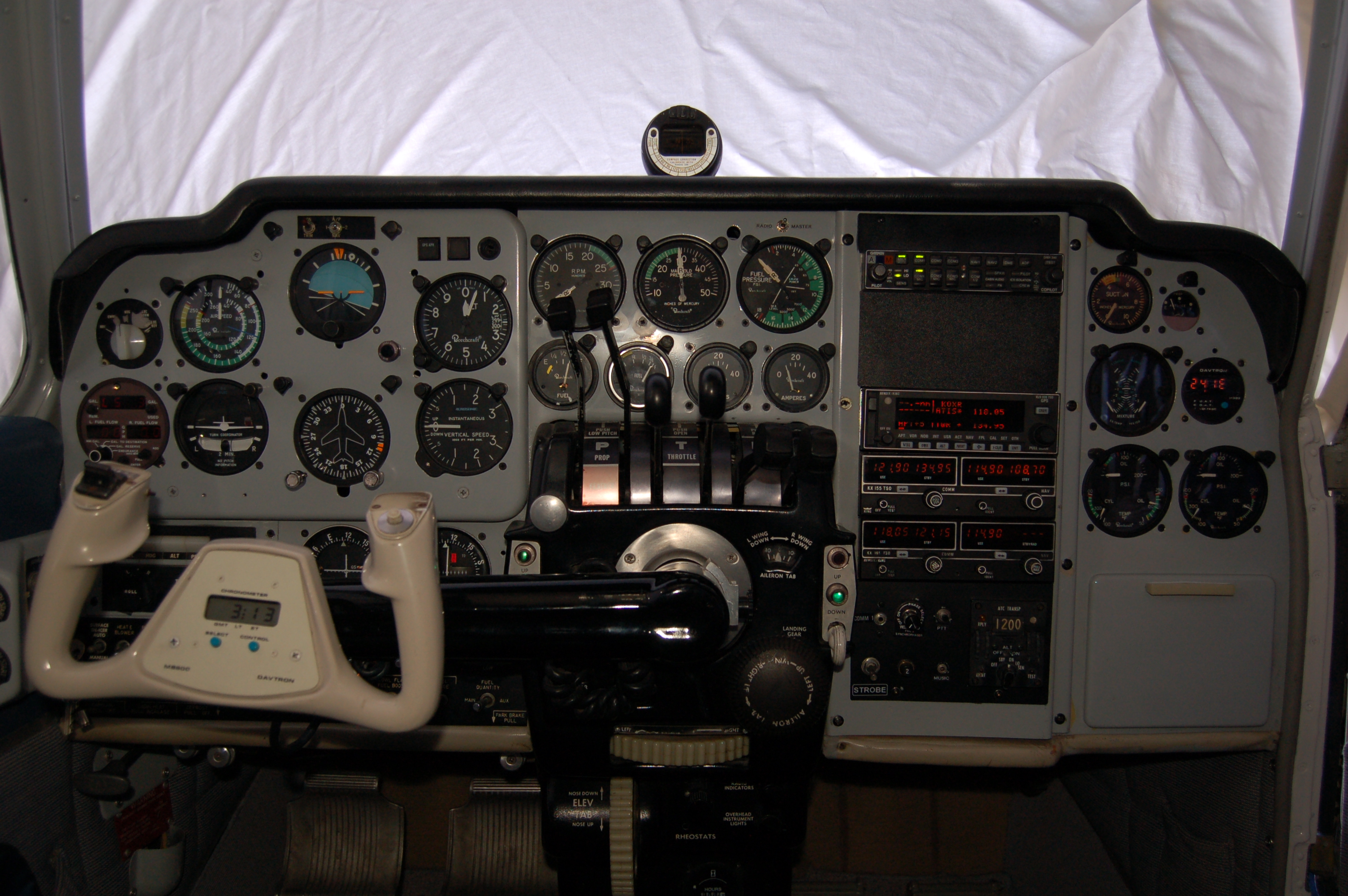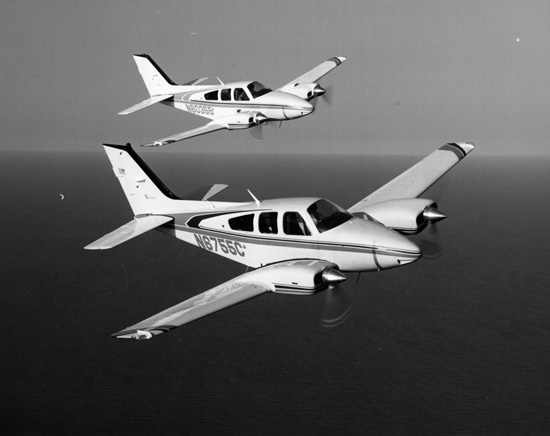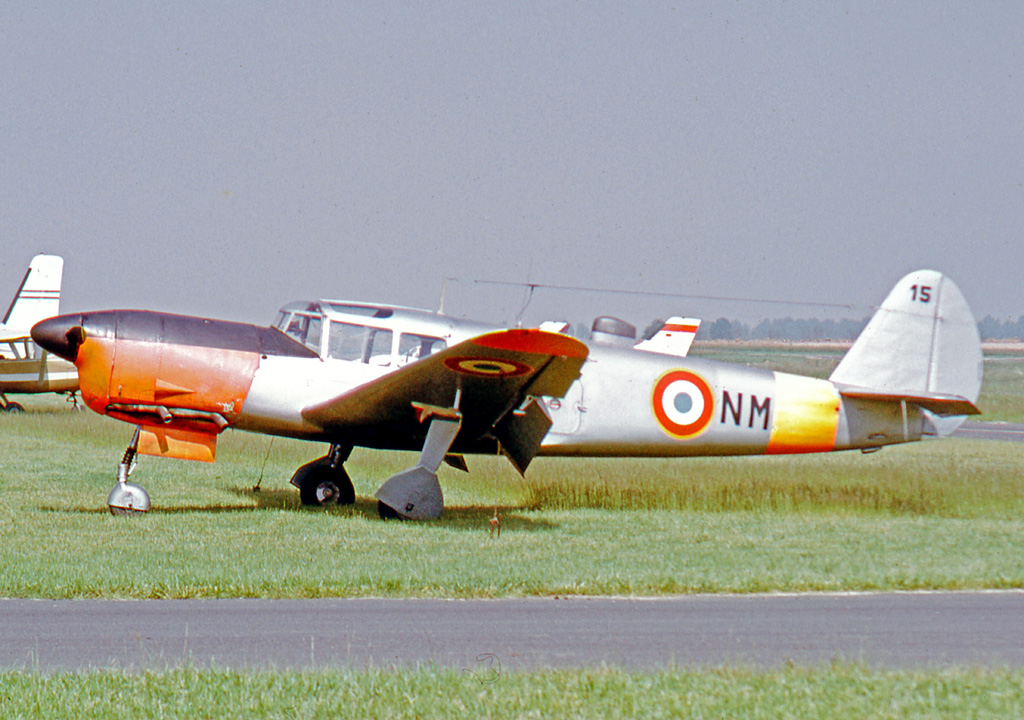|
Turbomeca Astazou I
The Turbomeca Astazou is a highly successful series of turboprop and turboshaft engines, first run in 1957. The original version weighed and developed at 40,000 rpm. It was admitted for aviation service on May 29, 1961, after a 150-hour test run. The main developing engineer was G. Sporer. It was named after two summits of the Pyrenees. A simplified version was built by Agusta as the Turbomeca-Agusta TA.230. Design and development The Astazou IIA version was derived from the original Astazou powerplant for use in helicopters. By 1993, 2,200 had been built. As of 2007, it was still in production. However, many aircraft initially equipped with it, especially the heavier ones, have since been upgraded with more powerful engines. The early single-shaft Astazou has a two-stage compressor, with the first stage an axial and the second stage a radial design. It has an annular combustion chamber, after which the combustion gases enter a three-stage axial turbine. Engines have a ... [...More Info...] [...Related Items...] OR: [Wikipedia] [Google] [Baidu] |
Aérospatiale Alouette II
The Aérospatiale Alouette II (, "lark"; company designations SE 313 and SA 318) is a French light helicopter originally manufactured by Sud Aviation and later Aérospatiale. It was the first production helicopter powered by a gas turbine engine instead of the heavier conventional piston powerplant. On 12 March 1955, the prototype SE 3130 performed its maiden flight. The Alouette II was a widely used type and popular with operators, with over 1,300 rotorcraft eventually being constructed between 1956 and 1975. The type was predominantly used for military purposes in observation, photography, air-sea rescue, liaison and training, but it has also carried anti-tank missiles and homing torpedoes. As a civilian helicopter, the Alouette II has been used for casualty evacuation (with two external stretcher panniers), crop-spraying and as a flying crane, with a external underslung load. A high-altitude derivative, the SA 315B Lama, was developed and entered operational service in ... [...More Info...] [...Related Items...] OR: [Wikipedia] [Google] [Baidu] |
Dassault Communauté
The Dassault MD.415 Communauté was a 1950s French twin-engined light turboprop transport monoplane built by Dassault Aviation. Only one prototype was built and flown. Development The Dassault company designed a light transport aircraft in the late 1950s, designated MD.415 and later named ''Communauté'', as a potential replacement for the Dassault MD 315 Flamant in its trainer, command transport or ambulance aircraft roles. The Communauté was a cantilever low-wing monoplane with retractable tricycle landing gear with room for two crew and up to ten passengers. Powered by two wing-mounted Turbomeca Bastan turboprops, the prototype (''F-WJDN'') first flew on 10 May 1959.Lemaire ''Le Fana de l'Aviation'' December 1986, p. 13Chillon, Dubois & Wegg 1980, p. 127 The company also developed a military version designated the MD.410 Spirale.''Flying'' August 1961, p. 49 Retaining 90% commonality with the Communauté, the Spirale had all the windows removed and transparent nose panels ... [...More Info...] [...Related Items...] OR: [Wikipedia] [Google] [Baidu] |
IAI Arava
The Israeli Aircraft Industries Arava ( he, עֲרָבָה, "Willow" or "Steppe" of "Desert", named after the Aravah of the Jordan Rift Valley) is a light STOL utility transport aircraft developed and produced by Israeli aerospace company Israel Aerospace Industries (IAI). It is IAI's first indigenously developed aircraft design to enter production. The Arava had been developed during the 1960s, during which time it was intended to be adopted in large numbers by international customers in both the military and civil markets. Its design draws some influence from the French Nord Noratlas transport plane. Both the Israeli government and IAI's management were enthusiastic to develop the Arava, seeing it as a means of advancing the country's industrial capabilities as well as a source of revenue. On 27 November 1969, the first prototype performed its maiden flight; it would be destroyed on 19 November 1970 after a wing strut failed mid-flight due to excessive flutter. This accident ... [...More Info...] [...Related Items...] OR: [Wikipedia] [Google] [Baidu] |
SIPA S-2510 Antilope
The SIPA S.251 Antilope was a low-wing monoplane, seating four or five and powered by a single turboprop engine, developed in France in the early 1960s. It set a number of class records but was not put into production. Design and development The Antilope was one of the first turboprop powered light aircraft. Apart from its engine, it was a conventional all-metal low-wing machine. The cantilever wing was built around two spars and was a semi-monocoque structure, carrying unslotted ailerons and electrically powered, single slot Fowler flaps. The fuselage was also of semi-monocoque construction. The tail unit included a variable incidence tailplane and a rudder with a trim tab. It had an electrically actuated tricycle undercarriage, the main wheels retracting inwards into the wings. The cabin had seats for four or five, two at the front and a bench seat behind. In a proposed air ambulance configuration, the Antilope would have carried two stretchers and a medic. Access to the c ... [...More Info...] [...Related Items...] OR: [Wikipedia] [Google] [Baidu] |
Short SC
Short may refer to: Places * Short (crater), a lunar impact crater on the near side of the Moon * Short, Mississippi, an unincorporated community * Short, Oklahoma, a census-designated place People * Short (surname) * List of people known as the Short Arts, entertainment, and media * Short film, a cinema format (also called film short or short subject) * Short story, prose generally readable in one sitting * ''The Short-Timers'', a 1979 semi-autobiographical novel by Gustav Hasford, about military short-timers in Vietnam Brands and enterprises * Short Brothers, a British aerospace company * Short Brothers of Sunderland, former English shipbuilder Computing and technology * Short circuit, an accidental connection between two nodes of an electrical circuit * Short integer, a computer datatype Finance * Short (finance), stock-trading position * Short snorter, a banknote signed by fellow travelers, common during World War II Foodstuffs * Short pastry, one which is rich in butt ... [...More Info...] [...Related Items...] OR: [Wikipedia] [Google] [Baidu] |
SFERMA PD-146 Marquis
The Beechcraft Baron is a light twin-engined piston aircraft designed and produced by Beechcraft. The aircraft was introduced in 1961. A low-wing monoplane developed from the Travel Air, it remains in production. Design and development The direct predecessor of the Baron was the Beechcraft 95 Travel Air, which incorporated the fuselage of the Bonanza and the tail control surfaces of the T-34 Mentor military trainer. To create the new airplane, the Travel Air's tail was replaced with that of the Beechcraft Debonair, the engine nacelles were streamlined, six-cylinder engines were added, and the aircraft's name was changed. In 1960, the Piper Aztec was introduced, using two 250 hp Lycoming O-540 engines; Cessna too had improved its 310 with two Continental IO-470 D, producing 260 hp. Meanwhile, Beechcraft's Bonanza had been improved with a Continental IO-470-N. But the answer to competition was to make a true twin-engined variant of the Bonanza. The first model, th ... [...More Info...] [...Related Items...] OR: [Wikipedia] [Google] [Baidu] |
SFERMA SF-60 Marquis
The Beechcraft Baron is a light twin-engined piston aircraft designed and produced by Beechcraft. The aircraft was introduced in 1961. A low-wing monoplane developed from the Travel Air, it remains in production. Design and development The direct predecessor of the Baron was the Beechcraft 95 Travel Air, which incorporated the fuselage of the Bonanza and the tail control surfaces of the T-34 Mentor military trainer. To create the new airplane, the Travel Air's tail was replaced with that of the Beechcraft Debonair, the engine nacelles were streamlined, six-cylinder engines were added, and the aircraft's name was changed. In 1960, the Piper Aztec was introduced, using two 250 hp Lycoming O-540 engines; Cessna too had improved its 310 with two Continental IO-470 D, producing 260 hp. Meanwhile, Beechcraft's Bonanza had been improved with a Continental IO-470-N. But the answer to competition was to make a true twin-engined variant of the Bonanza. The first ... [...More Info...] [...Related Items...] OR: [Wikipedia] [Google] [Baidu] |
SFERMA Nord 1110
The Nord 1100 Noralpha was a French-built and re-engined Messerschmitt Bf 108 produced by Nord Aviation. Development Construction of the Messerschmitt Bf 108 was transferred to the ''Société Nationale de Constructions Aéronautiques du Nord'' (usually known simply as Nord) at Les Mureaux, to the West of Paris, in occupied France in 1942. The company built two prototypes of the Messerschmitt Me 208 during 1943/44. One survived the liberation and was redesignated Nord 1100. The company then produced a re-engined version of the Nord Pingouin with a Renault 6Q-10 engine as the Nord 1101. The 1101 was designated the ''Ramier'' by the French military. One Nord 1104 Noralpha was fitted with a Potez 6D-0 for trials and two earlier 1101 Noralphas were converted with a Turbomeca Astazou II turboshaft engine as the S.F.E.R.M.A.-Nord 1100 Noralpha (S.F.E.R.M.A. - ''Société Française d'Entretien et de Réparation de Matériel Aéronautique'') in 1959. Design The Noralpha was a l ... [...More Info...] [...Related Items...] OR: [Wikipedia] [Google] [Baidu] |
Potez 842
The Potez 840 was a 1960s French four-engined 18-passenger executive monoplane, the last aircraft to use the Potez name. Development The Potez 840 was an all-metal cantilever-wing monoplane with a retractable tricycle landing gear. It had a crew of three and a cabin for 18 passengers. It was powered by four 440 shp (328 kW) Turbomeca Astazou II turboprop engines. The prototype first flew on 29 April 1961; a second aircraft flew in June 1962 and had more powerful 600 shp (447 kW) Turbomeca Astazou XII engines. The second prototype carried out a sales tour of North America and it was planned to build a batch of 25 aircraft for Chicago-based Turbo Flight Inc. but only two more prototype aircraft were built, one for static testing. The next two aircraft were designated the Potez 841 and were powered by 550 shp (417 kW) Pratt & Whitney Canada PT6A-6 turboprop engines. Another two modified Astazou-powered aircraft were produced, one in 1965 and one in 1967. I ... [...More Info...] [...Related Items...] OR: [Wikipedia] [Google] [Baidu] |
Pilatus PC-6/A1-H2 Turbo Porter
The Pilatus PC-6 Porter is a single-engined STOL utility aircraft designed by Pilatus Aircraft of Switzerland. First flown in 1959, the PC-6 was produced at Pilatus Flugzeugwerke in Stans, Switzerland. It has been built in both piston engine- and turboprop-powered versions, and was produced under licence for a time by Fairchild Hiller in the United States. After 604 deliveries in 63 years, Pilatus ended production in 2022. Development On 4 May 1959, the first prototype, powered by a 254 kW (340 shp) piston engine, made its maiden flight. In early May 1961, the first ''Turbo Porter'', powered by a Turbomeca Astazou II turboprop engine, performed its initial flight.Fricker 1962, p. 38. In comparison to its earlier piston engine-powered incarnation, the Astazou II-equipped ''Turbo Porter'' had an increased gross capacity and top speed, as well as benefitting from the engine's automatic handling functions. These benefits came at the expense of a greater initial purchase cos ... [...More Info...] [...Related Items...] OR: [Wikipedia] [Google] [Baidu] |
Nord Noralpha
The Nord 1100 Noralpha was a French-built and re-engined Messerschmitt Bf 108 produced by Nord Aviation. Development Construction of the Messerschmitt Bf 108 was transferred to the ''Société Nationale de Constructions Aéronautiques du Nord'' (usually known simply as Nord) at Les Mureaux, to the West of Paris, in occupied France in 1942. The company built two prototypes of the Messerschmitt Me 208 during 1943/44. One survived the liberation and was redesignated Nord 1100. The company then produced a re-engined version of the Nord Pingouin with a Renault 6Q-10 engine as the Nord 1101. The 1101 was designated the ''Ramier'' by the French military. One Nord 1104 Noralpha was fitted with a Potez 6D-0 for trials and two earlier 1101 Noralphas were converted with a Turbomeca Astazou II turboshaft engine as the S.F.E.R.M.A.-Nord 1100 Noralpha (S.F.E.R.M.A. - ''Société Française d'Entretien et de Réparation de Matériel Aéronautique'') in 1959. Design The Noralpha was a ... [...More Info...] [...Related Items...] OR: [Wikipedia] [Google] [Baidu] |
Mitsubishi MU-2
The Mitsubishi MU-2 is a Japanese high-wing, twin-engine turboprop aircraft with a pressurized cabin manufactured by Mitsubishi Heavy Industries. It made its maiden flight in September 1963 and was produced until 1986. It is one of postwar Japan's most successful aircraft, with 704 manufactured in Japan and San Angelo, Texas, in the United States. Design and development Work on the MU-2, Mitsubishi's first postwar aircraft design, began in 1956. Designed as a light twin turboprop transport suitable for a variety of civil and military roles, the MU-2 first flew on 14 September 1963. This first MU-2, and the three MU-2As built, were powered by the Turbomeca Astazou turboprop. Civil MU-2s powered by Garrett engines were certified as variants of the MU-2B, using the MU-2B type followed by a number. For marketing purposes, each variant was given a suffix letter; the MU-2B-10, for example, was sold as the MU-2D, while the MU-2B-36A was marketed as the MU-2N. The MU-2 has a high c ... [...More Info...] [...Related Items...] OR: [Wikipedia] [Google] [Baidu] |
.jpg)






